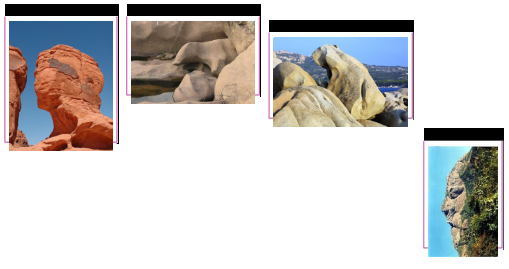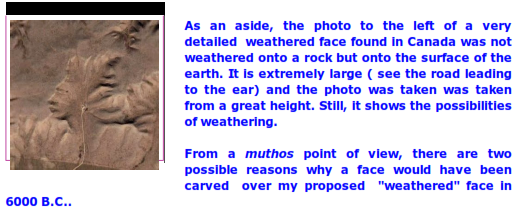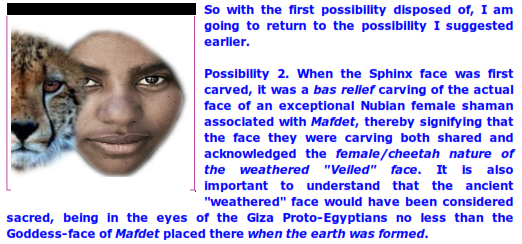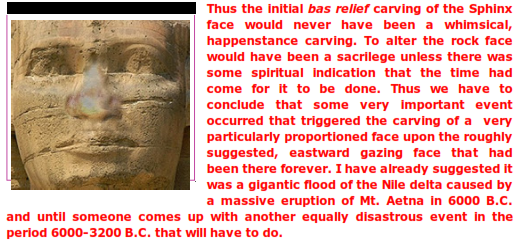Why a Bas Relief Face Would Have Been Carved Upon the "Veiled" Face at Giza.
I want to lay some more groundwork for my proposed Sphinx face carving scenario. First, let's take my proposed weathered, "Veiled" face being a part of the Giza cliff, where I have further suggested that it was held to be an ancient image of the Mother Goddess Mafdet. This being so, there is every reason to believe it would have been venerated for millennia prior to its later carving by the inhabitants of Giza, especially since it gazed eastward—the most spiritual of directions being east, the birthplace of the Sun God, Ra.




Possibility 1. The bas relief was simply carved as an amplification of the suggested “Veiled” face and that no actual person was represented by the carving. Some may like this idea, but I doubt it happened this way for two reasons:
A) Despite my Photoshop visualizations of what the "Veiled" face may have looked like, they are actually far too symmetrical and detailed. The actual "Veiled" face (as the photos of actual rocky faces suggest) would have had about 25% of the detail I have shown, far too little to merely copy.
B) There would be no reason why the Proto-Egyptians would suddenly decide to remove the “Veil” or caul after it had been that way—as far as the Egyptians were concerned—since the birth of the world. In other words, the “Veil” was sacred. No one would dare touch it.











